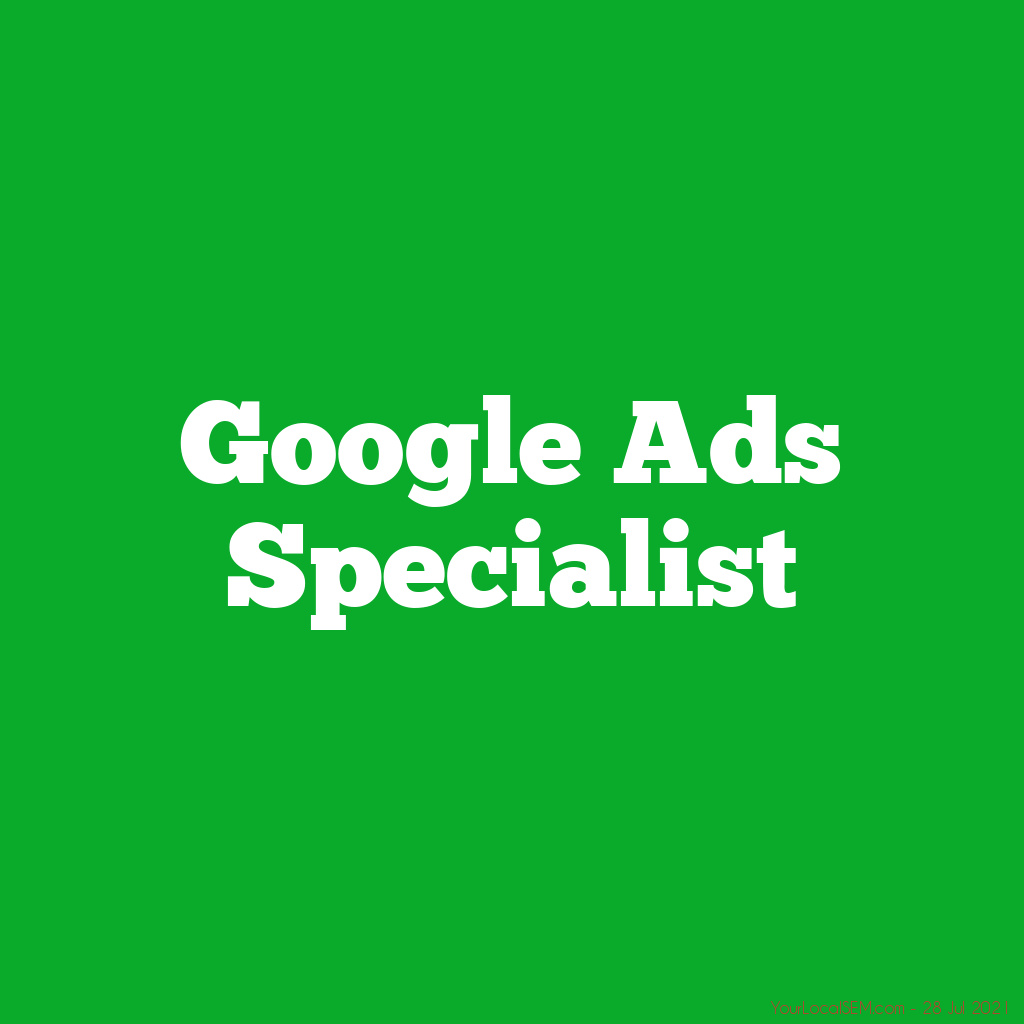Is ### an Important Issue for You?
Contact us Today to discuss your concerns and options !
Quick Read: When it comes to Facebook advertising, your ad creative is everything. Solid copy gets users to click, but it’s the images and videos that get them to stop and read your ad in the first place.
But what if you can’t afford a designer or fancy equipment? What if you are limited on design skills?
Worry no more. In this post, I’m going to cover X free and low-cost tools you can use to create high-quality, on-brand creative for your Facebook and Instagram ads.
Free and budget-friendly Facebook ad design
The success of a Facebook ad depends on all of its elements: the creative, the copy, the landing page, and the offer. Let’s go over six free or low-cost ways of coming up with thumb-stopping visuals.
1. Your smartphone
The cameras on most Apple and Android phones and tablets are incredible these days, and can capture quality shots of your products, services, or even background material.
Due to image compression in the name of Core Web Vitals, the image below may not do it justice, but the photo was taken with an iPhone.
Would you believe this image was taken with an iPhone?
With the right backdrop and lighting, some photos will need no additional editing. But many phone cameras have additional features and effects. This is the easiest and fastest way to design images and videos for your Facebook and Instagram ads.
For tips on this free asset creation method, check out Shopify’s smartphone product photography guide.
Even if this means upgrading your phone, it’s a cheaper investment than expensive equipment. Plus, you’ll be able to do more with your phone.
Speaking of investments, are you getting the highest ROI with your Facebook ads? Use our free Facebook Ads Performance Grader to make sure you’re not wasting ad spend or missing out on opportunities.
2. Stock image and video
If you prefer to use professional images and videos, use stock photos and videos to expand your arsenal of social advertising design assets. Pexels, Unsplash, and Pixabay not only offer endless photos and videos you can use for free, but their search features also make it easy to search for and discover creative content based on your visual needs.
For example, Unsplash divides their inventory into more than 20 topics where you can filter down to themes that revolve around technology, business and work, nature, and more.
Below is a mockup ad using an Unsplash image. Looks good, right?
Brought to you by Unsplash + Facebook ad mockup generator
While the images and videos are free, you’ll need to create an account. Plus, some of them have additional assets for paid subscriptions. Keep in mind that since you will be using these stock creatives for business purposes, you’ll need to read the website’s license agreement and FAQ page to avoid any infringements and conflicts.
If your competitors are using stock creatives, take a look at Facebook’s Ad Library to see what types of ads they are running so that you don’t use the same creatives in your ads.
This can also help you see how you can make your ads look and read better as the copy and creative complement one another.
2. Facebook ad templates
If you’re looking for other options, try out tools like Canva and Shutterstock that not only offer free and low-cost images, but also provide social media design templates for organic and paid assets.
Shutterstock ($49 per month for a single user), offers access to more than 350 million images, videos, and music files, along with templates you can use to easily create anything from Facebook Page cover images to Instagram Stories content. The less you have to worry about proper specs and the easier it is to represent your brand in a good light on paid social, the better.
Image source
Canva also offers free access to templates you can use across your paid and organic social media efforts. If you like what you see and want more features such as Brand Kit, where you can store your logo, brand colors, logos, and more in one place; as well as team management capabilities, workflow tools, and shared editing, you can always upgrade to a Canva Pro account for $30 per month for a single user. You’ll also have access to a greater variety of images, templates, and design tools.
Image source
3. Facebook’s built-in creative tools
Facebook Ads Manager offers advertisers a number of free built-in tools and resources where you can easily develop creatives for your ads. In it you’ll find Facebook’s library of free stock images as well as their Video Creation Kit, which allows advertisers to create video ads by uploading images and animating them.
Subtle motion is a proven way to capture users’ attention as they are scrolling in Facebook and Instagram and get them to stop to view your ad. The Video Creation Kit provides several free templates, including holiday marketing templates for special promotions, and allows users to resize and edit their videos all within the platform. Some of these templates also allow you to add your logo, append overlay text, and add thumb-stopping special effects.
Via Facebook Ads Manager
According to Facebook’s July 2019- Sep 2019 study, one of the simplest, but most powerful tools to capture mobile viewers’ attention is motion. Ads that contain lightweight motion outperform ads that use still images alone, 75% of the time.
To help advertisers create more video ads, Facebook put together a few options in their Facebook Business App Store. They, too, recommend Canva, as well as Shakr, Boosted, and Vimeo.
Via Facebook Business App Store
4. User-generated content (UGC)
Do you have happy customers that share your products or services on their social channels? If so, leverage this content as it can often be some of the best converting ad creative. User-generated content (UGC) is when customers endorse your brand by tagging your business in images or videos they share with their network.
Before you use any UGC in your ads, be sure to get permission from that user and give them credit (and maybe send them a little something) unless you are using an influencer and your terms state otherwise.
Image source
UGC content tends to drive more sales as consumers are more likely to trust a customer review than an ad from a brand. Maximize your efforts by encouraging UGC within your organic social community—encourage hashtag use for your brand so you can better filter through and find content to use, run contests, and get creative with it.
Apparel brand aerie does an excellent job promoting its #aeriereal hashtag and encouraging their fans to use it, which in turn, gets quite a bit of UGC content for them to use. Not much truly beats a customer endorsement.
5. Facebook Brand Collabs Manager
If you are looking to partner with influencers for your ad design efforts, Facebook’s Brand Collabs Manager tool helps advertisers find relevant content from creators and influencers on the platform and collaborate with them on advertising campaigns. This is not yet available to everyone, so apply to join the program to see if your brand can get in.
6. Instagram’s Branded Content Ads
On the Instagram side of ad creative, advertisers can use Instagram’s Branded Content Ads which makes it easy for brands to turn organic posts from other brands and influencers that tag you, into ads. In order to use Instagram’s Branded Content Ads, advertisers must already have a partnership set up with the content creator.
Design compelling Facebook ads without breaking the bank
We live in a time now where we don’t have to have pay an arm and a leg to create high-quality, engaging, and visually appealing ads. With the creative options we have to source, develop, and repurpose images and videos for our Facebook and Instagram Ads campaigns, we can find success as small business owners, boot-strapped startups, non-profits, or as account managers and consultants with limited resources.
When it comes to Facebook advertising, your ad creative is everything. Solid copy gets users to click, but it’s the images and videos that get them to stop and read your ad in the first place.
But what if you can’t afford a designer or fancy equipment? What if you are limited on design skills?
Worry no more. In this post, I’m going to cover X free and low-cost tools you can use to create high-quality, on-brand creative for your Facebook and Instagram ads.
Free and budget-friendly Facebook ad design
The success of a Facebook ad depends on all of its elements: the creative, the copy, the landing page, and the offer. Let’s go over six free or low-cost ways of coming up with thumb-stopping visuals.
1. Your smartphone
The cameras on most Apple and Android phones and tablets are incredible these days, and can capture quality shots of your products, services, or even background material.
Due to image compression in the name of Core Web Vitals, the image below may not do it justice, but the photo was taken with an iPhone.
Would you believe this image was taken with an iPhone?
With the right backdrop and lighting, some photos will need no additional editing. But many phone cameras have additional features and effects. This is the easiest and fastest way to design images and videos for your Facebook and Instagram ads.
For tips on this free asset creation method, check out Shopify’s smartphone product photography guide.
Even if this means upgrading your phone, it’s a cheaper investment than expensive equipment. Plus, you’ll be able to do more with your phone.
Speaking of investments, are you getting the highest ROI with your Facebook ads?
Use our free Facebook Ads Performance Grader to make sure you’re not wasting ad spend or missing out on opportunities.
2. Stock image and video
If you prefer to use professional images and videos, use stock photos and videos to expand your arsenal of social advertising design assets. Pexels, Unsplash, and Pixabay not only offer endless photos and videos you can use for free, but their search features also make it easy to search for and discover creative content based on your visual needs.
For example, Unsplash divides their inventory into more than 20 topics where you can filter down to themes that revolve around technology, business and work, nature, and more.
Below is a mockup ad using an Unsplash image. Looks good, right?
Brought to you by Unsplash + Facebook ad mockup generator
While the images and videos are free, you’ll need to create an account. Plus, some of them have additional assets for paid subscriptions. Keep in mind that since you will be using these stock creatives for business purposes, you’ll need to read the website’s license agreement and FAQ page to avoid any infringements and conflicts.
If your competitors are using stock creatives, take a look at Facebook’s Ad Library to see what types of ads they are running so that you don’t use the same creatives in your ads.
This can also help you see how you can make your ads look and read better as the copy and creative complement one another.
2. Facebook ad templates
If you’re looking for other options, try out tools like Canva and Shutterstock that not only offer free and low-cost images, but also provide social media design templates for organic and paid assets.
Shutterstock ($49 per month for a single user), offers access to more than 350 million images, videos, and music files, along with templates you can use to easily create anything from Facebook Page cover images to Instagram Stories content. The less you have to worry about proper specs and the easier it is to represent your brand in a good light on paid social, the better.
Canva also offers free access to templates you can use across your paid and organic social media efforts. If you like what you see and want more features such as Brand Kit, where you can store your logo, brand colors, logos, and more in one place; as well as team management capabilities, workflow tools, and shared editing, you can always upgrade to a Canva Pro account for $30 per month for a single user. You’ll also have access to a greater variety of images, templates, and design tools.
3. Facebook’s built-in creative tools
Facebook Ads Manager offers advertisers a number of free built-in tools and resources where you can easily develop creatives for your ads. In it you’ll find Facebook’s library of free stock images as well as their Video Creation Kit, which allows advertisers to create video ads by uploading images and animating them.
Subtle motion is a proven way to capture users’ attention as they are scrolling in Facebook and Instagram and get them to stop to view your ad. The Video Creation Kit provides several free templates, including holiday marketing templates for special promotions, and allows users to resize and edit their videos all within the platform. Some of these templates also allow you to add your logo, append overlay text, and add thumb-stopping special effects.
Via Facebook Ads Manager
According to Facebook’s July 2019- Sep 2019 study, one of the simplest, but most powerful tools to capture mobile viewers’ attention is motion. Ads that contain lightweight motion outperform ads that use still images alone, 75% of the time.
To help advertisers create more video ads, Facebook put together a few options in their Facebook Business App Store. They, too, recommend Canva, as well as Shakr, Boosted, and Vimeo.
Via Facebook Business App Store
4. User-generated content (UGC)
Do you have happy customers that share your products or services on their social channels? If so, leverage this content as it can often be some of the best converting ad creative. User-generated content (UGC) is when customers endorse your brand by tagging your business in images or videos they share with their network.
Before you use any UGC in your ads, be sure to get permission from that user and give them credit (and maybe send them a little something) unless you are using an influencer and your terms state otherwise.
UGC content tends to drive more sales as consumers are more likely to trust a customer review than an ad from a brand. Maximize your efforts by encouraging UGC within your organic social community—encourage hashtag use for your brand so you can better filter through and find content to use, run contests, and get creative with it.
Apparel brand aerie does an excellent job promoting its #aeriereal hashtag and encouraging their fans to use it, which in turn, gets quite a bit of UGC content for them to use. Not much truly beats a customer endorsement.
5. Facebook Brand Collabs Manager
If you are looking to partner with influencers for your ad design efforts, Facebook’s Brand Collabs Manager tool helps advertisers find relevant content from creators and influencers on the platform and collaborate with them on advertising campaigns. This is not yet available to everyone, so apply to join the program to see if your brand can get in.
6. Instagram’s Branded Content Ads
On the Instagram side of ad creative, advertisers can use Instagram’s Branded Content Ads which makes it easy for brands to turn organic posts from other brands and influencers that tag you, into ads. In order to use Instagram’s Branded Content Ads, advertisers must already have a partnership set up with the content creator.
Design compelling Facebook ads without breaking the bank
We live in a time now where we don’t have to have pay an arm and a leg to create high-quality, engaging, and visually appealing ads. With the creative options we have to source, develop, and repurpose images and videos for our Facebook and Instagram Ads campaigns, we can find success as small business owners, boot-strapped startups, non-profits, or as account managers and consultants with limited resources.
Discussion Continues…: Read More


